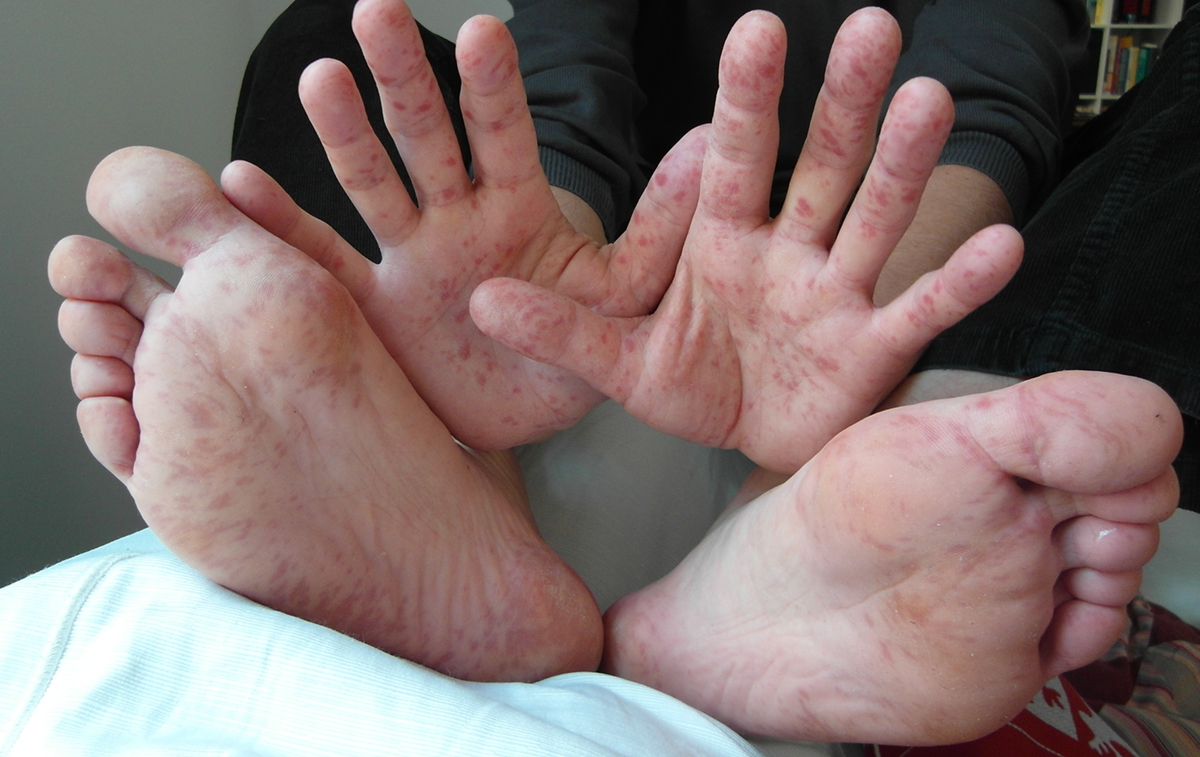
Information about Hand, Foot and Mouth Disease
Coxsackie viruses such as A16, A4, A5, A9, A10, B2 and B5 are responsible for hand, foot and mouth infection. This condition typically affects infants and young adults and it can be recognized by high body temperature, red spots on the skin, pain and redness in the mouth and throat and loss of appetite. Hand, foot and mouth disease is easily transmitted and if one is affected, it should take about a week for symptoms to appear. Because of the serious risk of contagion it is important to wash hands regularly keep the distance with people who were probably exposed to virus in order to decrease the risk from catching thevirus. Specific class of viruses called enteroviruses particularly coxsackie virus A16 is responsible for the development of this condition.
Symptoms of Hand, Foot and Mouth Disease
The disease is easily passed to others and all liquids from the body of an infected person such as saliva and similar are carriers of the virus. When the individual is affected by virus, the signs of the illness don't show up immediately; seven days or less will pass until the signs of illness appear. However, there is a possibility that someone who is infected has no symptoms at all. The symptoms are body temperature that is higher than usual and exhaustion. After few days, rash may appear affecting different areas such as oral mucous membrane, hands, feet, or on the backside. This can cause difficulties while drinking if the membrane in the mouth is blebby, which can lead to dehydration. Pain and swelling in the throat can also be present. The disease typically affects children and teenagers. Women who are expecting a baby can easily get the virus if they never had this disease earlier. In pregnant women who suffer from this disease, the symptoms may not appear but the baby can experience some of them.
The virus can easily be caught in places such as kindergarten and playgrounds. When all the symptoms are developed, a person can spread the virus through cough, sneeze and saliva. The individual is not cured if all of the symptoms are gone, but the blisters are still present. Those blebs have viruses inside, and even if all the signs of the disease have disappeared that doesn’t mean that the person is free of virus. Few weeks should pass so that we could say that a person is completelycured. Complications that can be experienced are dehydration and inrare cases viral meningitis.




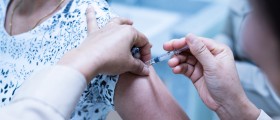
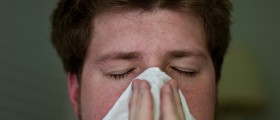

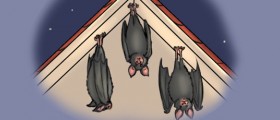
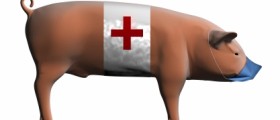

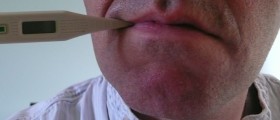
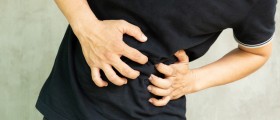

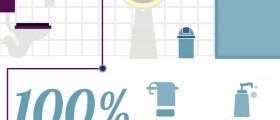
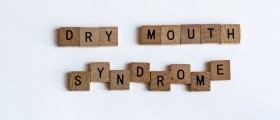


Your thoughts on this
Loading...